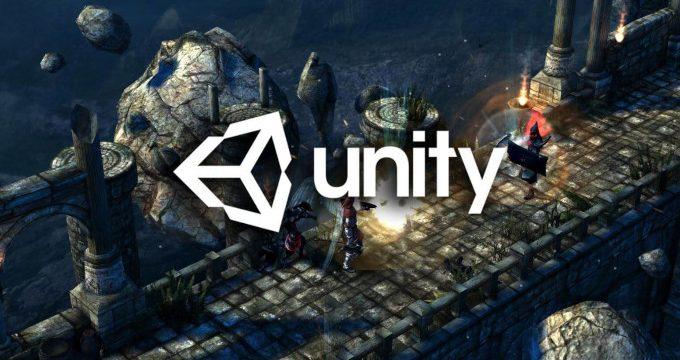Unity game development is an exciting process that takes an idea or concept and turns it into a playable game that can be enjoyed on various gaming platforms, including consoles like PlayStation, Xbox, and Nintendo. This journey involves several important steps, each contributing to the creation of a polished and engaging game.
Conceptualization and Design
The journey begins with a concept – an idea for a game. This could be anything from a unique story to a new gameplay mechanic. Game designers and developers brainstorm to define the game's core mechanics, characters, story, and overall look and feel. This stage sets the foundation for the entire development process.
Pre-production
During this phase, the team outlines the game's structure in more detail. They create sketches, storyboards, and concept art to visualize the characters, environments, and overall aesthetics. This step helps everyone on the team get a clear picture of what the game will eventually look like.
Development
Here's where the real work begins. Developers write code, create 3D models, design levels, and craft the game's audio and visual elements. In Unity, developers use a powerful and user-friendly interface to bring their ideas to life. The game starts taking shape as characters move, environments become interactive, and the gameplay mechanics start functioning.
Testing and Iteration
As the game comes together, it's crucial to test it extensively. Developers and testers play the game to identify bugs, glitches, and areas that need improvement. This stage involves a lot of back-and-forth, as issues are identified, fixed, and retested to ensure a smooth and enjoyable player experience.
Optimization
Games need to run smoothly on various devices, including consoles with different hardware specifications. Developers optimize the game's performance by tweaking the code, reducing unnecessary details, and ensuring that the game runs well without lags or crashes.
Polishing
Polishing is all about adding the final touches that make the game shine. This could include refining character animations, adjusting lighting and sound effects, and fine-tuning gameplay elements. The goal is to create a cohesive and immersive experience for players.
Submission and Approval
Once the game is polished and thoroughly tested, it's time to submit it to the console platform's marketplace (such as PlayStation Store or Xbox Live). The platform's team reviews the game to ensure it meets quality and compatibility standards. Once approved, the game gets the green light for release.
Launch and Post-launch Support
Congratulations, your game is now available for players to enjoy! But the journey doesn't end here. Game developers often provide updates, patches, and additional content to keep players engaged and address any issues that arise after launch.
Community Engagement
Listening to players' feedback is essential for the game's ongoing success. Developers communicate with the player community, gather feedback, and even consider incorporating new ideas to enhance the game further.
Conclusion
The Journey of Unity Game Development involves taking an initial concept, transforming it into a fully-fledged game through various stages of design, development, testing, and polishing, and finally releasing it for players to enjoy on gaming consoles. It's a collaborative and creative process that demands dedication, innovation and a passion for creating interactive experiences.
In case you have any questions related to Unity 3D Game Development. Please contact the top game developers here,
Mail: [email protected]
Whatsapp: +91 9384232288
